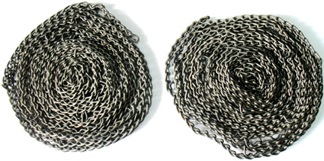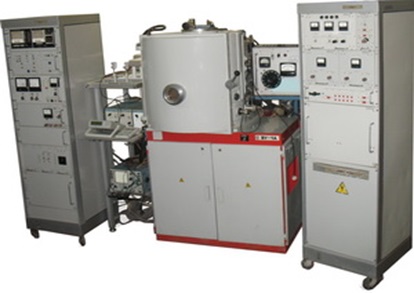ION-PLASMIC NITRIDING TECHNOLOGY
It is applied at automobile, tractor, machine building and cutting tool plants, farming machine plants, plants producing pump and compressor equipment, gears, bearings to increase wear resistance and microhardness, which contributes to an increase in the service life of the product.
Ion-Plasmic Nitriding (IPN) is a variety of chemical and thermal surface treatment of the machine components, tools, stamp and cast equipment which provides diffusion saturation of the steel surface layer with nitrogen. The essence of ion-plasma nitriding lies in the fact that the detail is processed in a vacuum chamber by a concentrated stream of nitrogen ions. This process ensures the formation of a nitrided layer on the surface of the product, which improves the surface characteristics of the product (hardness, wear resistance). Technological factors affecting the efficiency of ion nitriding are the process temperature, duration of saturation, pressure, composition and flow rate of the working gas mixture.
Advantages and technical characteristics
- High surface solidity of the nitrided components (solidity value depends on the initial solidity of the alloy, for example for steel 12Х18Н10Т microsolidity increases up to 1.5 times);
- Deformation absence after processing;
- Rise of the endurance limit with the increase of wear resistance of the processed details;
- Lower process temperature leading to the absence of the structural changes of the details processed (up to 250°С);
- Corrosion resistance;
- Possibility of processing of reach-through and blind holes;
- Solidity confirmation of the nitrided layer after heating to 600-650°С;
- Zero environment pollution.
ALEXANDER ROGACHEV,
DIRECTOR OF PHYSICO-CHEMICAL RESEARCH AND DEVELOPMENT INSTITUTE,
CORRESPONDING MEMBER OF THE NATIONAL ACADEMY OF SCIENCES OF THE REPUBLIC OF BELARUS,
DOCTOR OF CHEMICAL SCIENCES, PROFESSOR,
tel. (+375 232) 50 38 03, fax (+375 232) 51 00 77,
e-mail: rogachevav@mail.ru,
http://nis.gsu.by

